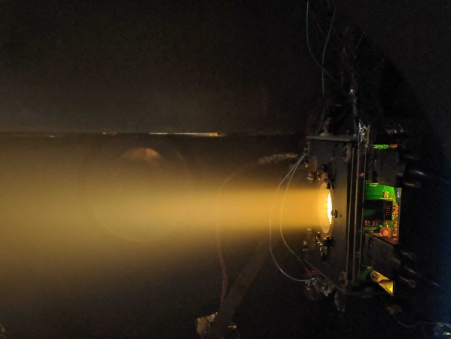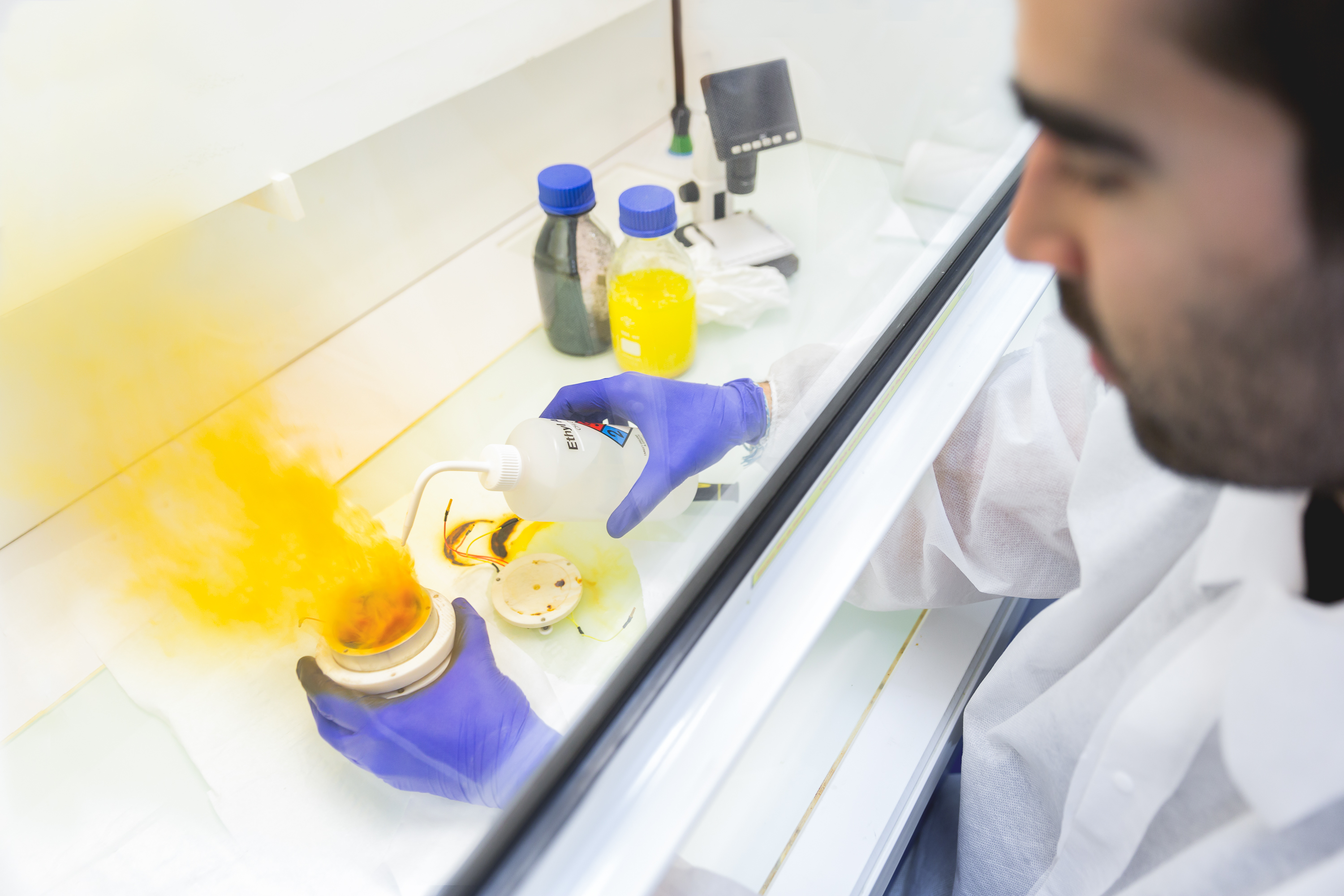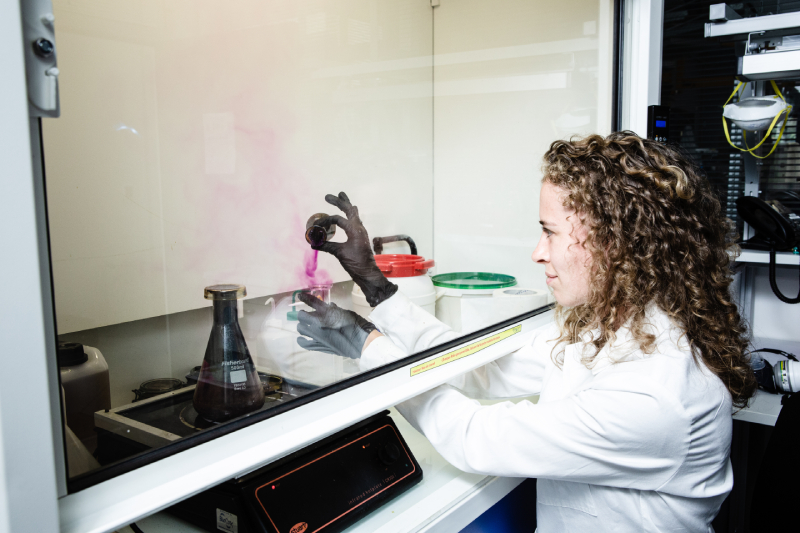Iodine Propellant3 November 2019 – ThrustMe and a commercial client launched the first ever iodine-propelled satellite into orbit, and only 15 days later we announced that the first propulsive operations had been conducted. This is an historic launch in so many ways! Iodine propellant for in-orbit propulsion system will open up a complete new area for the space industry; tiny satellites (the CubeSats) will finally be able to do propulsive operations and bigger satellites will gain considerably by reducing the complexity and cost of the propulsion system.
|
 |
 |
Why is iodine such a game changer?It is a solid at room temperature and sublimates directly to gas at moderate temperatures. This means that it can be used in applications where normally pressurized gases are needed. Below are some of the advantages of iodine over xenon and other propellants:
|
With all these advantages, why did it then take so long for the industry to succeed?Replacing a gaseous intert propellant with a solid propellant is not straight forward. It is not enough to replace the xenon tank with an iodine one. The whole system needs to be rethought. Despite being the least reactive of all halogens, it is reactive to some materials. In order for us to develop both the cold gas and electric thruster we spend a huge amount of our R&D efforts into material science and chemistry. We mapped more than 20 space materials and looked at how they react with iodine. We thought outside the box and got rid of tubing and valves. |
 |
|
|